CIVIL WAR INFANTRY TACTICS

The 36th Pennsylvania ployed in a simple column, one company battle line behind the other, at its winter camp. (LC-DIG-ppmsca-03308)
CIVIL WAR

INFANTRY

TACTICS
TRAINING, COMBAT, AND SMALL-UNIT EFFECTIVENESS
EARL J. HESS
LOUISIANA STATE UNIVERSITY PRESS
BATON ROUGE
Published with the assistance of the V. Ray Cardozier Fund
Published by Louisiana State University Press
Copyright 2015 by Earl J. Hess
All rights reserved
Manufactured in the United States of America
First printing
DESIGNER: Mandy McDonald Scallan
TYPEFACE: Whitman
PRINTER AND BINDER: Maple Press, Inc.
All line diagrams not otherwise credited are by the author.
Library of Congress Cataloging-in-Publication Data
Hess, Earl J.
Civil War infantry tactics : training, combat, and small-unit effectiveness / Earl J. Hess.
pages cm
Includes bibliographical references and index.
ISBN 978-0-8071-5937-8 (cloth : alk. paper) ISBN 978-0-8071-5938-5 (pdf) ISBN 978-0-8071-5939-2 (epub) ISBN 978-0-8071-5940-8 (mobi) 1. United StatesHistoryCivil War, 18611865Campaigns. 2. United States. Army. InfantryDrill and tacticsHistory19th century. 3. Confederate States of America. Army. InfantryDrill and tactics. 4. Infantry drill and tacticsHistory19th century. I. Title.
E470.H59 2015
973.73dc23
2014033785
The paper in this book meets the guidelines for permanence and durability of the Committee on Production Guidelines for Book Longevity of the Council on Library Resources.

As always, dedicated to Pratibha
CONTENTS
1.
The European Tactical Heritage
2.
The North American Tactical Heritage
3.
Tactical Manuals and the Management of Men
4.
Training
5.
Moving Forward and the Art of Skirmishing
6.
Multiple Lines, Echelons, and Squares
7.
Changing Front
8.
Columns
9.
Multiple Maneuvers
10.
Large Formations
11.
Tactical Developments after the Civil War
12.
Comparison and Context
ILLUSTRATIONS
36th Pennsylvania frontispiece
PREFACE
Civil War officers relied on a system of linear tactics to form and maneuver their units on the battlefield. Developed in Europe during the late 1600s and early 1700s, this system reached its height in limited wars fought by professional armies of the eighteenth century. The system involved shoulder-to-shoulder lines, columns, and a range of complicated maneuvers to take a unit from one formation to another. The idea was to wed tactics to the capabilities of the single-shot, smoothbore weapon that all major European armies used by the early 1700s. It had a range of about one hundred yards and involved a fairly complicated process of reloading. Officers needed to mass their men so as to control not only their fire but also their movement on the field. Linear tactics provided them the opportunity to accomplish those goals. In its purest form, the linear system involved an entire field army small enough to be personally controlled by the commanding general. This unitary army reached the peak of its development by the mid-1700s.
The system worked well throughout the eighteenth century, but it had to be adapted to new demands by the late 1700s. French writers discussed the use of divisions as a way to add more flexibility and speed in moving armies toward battle and during combat. The unitary-army concept gave way to a flexible linear system by the time of the French Revolutionary and Napoleonic Wars. The enlarged volunteer and conscript armies of that era also made the shift toward the flexible system feasible. There developed a greater emphasis on skirmishing and on organizing corps to operate as semi-independent units of a larger field army. Generals also loosened up the extended line of battle into segments controlled by subordinates who had authority to conduct operations in their sector within the larger framework of operations set by the army commander.
Civil War armies inherited the modified linear system of the French Revolutionary and Napoleonic era. The biggest difference between the Civil War and previous conflicts was the introduction of the rifle musket. The only technical change, however, was the rifles effective range, five hundred yards compared to the one-hundred-yard range of the smoothbore. This increased range led contemporaries to predict revolutionary changes in warfarehigher casualties, greater power added to the side fighting on the defensive, and cavalry and field artillery becoming ineffective when confronting infantry armed with rifles.
Historians later accepted this view and established it as a standard interpretation in Civil War historiography. The ultimate expression of this view appeared with Grady McWhiney and Perry D. Jamiesons Attack and Die: Civil War Military Tactics and the Southern Heritage in 1982. McWhiney and Jamieson see nearly all characteristics of Civil War military operations as influenced by the use of the rifle musket. Everything from high casualties to the lack of decisive battles and the ineffectiveness of artillery and cavalry on the battlefield are ascribed to the potency of that weapon. This view held sway until a handful of historians began to question a key component, the range at which combat actually took place. Paddy Griffith, Mark Grimsley, and Brent Nosworthy have raised significant questions about that issue, based on research in the official reports clearly indicating that infantry combat normally took place at ranges far less than five hundred yards and similar to or only slightly more than the range of the smoothbore musket.
My study of the issue in The Rifle Musket in Civil War CombatReality and Myth (2008) thoroughly criticizes the old interpretation and offers a new onethat the rifle musket did not revolutionize Civil War military operations. Its only advantage over the smoothbore was longer range, but the great majority of soldiers did not use it at that distance. The rifles parabolic trajectory made hitting targets at long range a technical problem that even rifle enthusiasts of the day admitted was difficult to solve. Moreover, one had to see a human target at five hundred yards across a landscape cluttered with trees and obscured by undulating terrain in order to fire at it, much less hit it. The army did not train soldiers how to deal with these issues.
More importantly, there was a very strong predisposition to fight at close range during the Civil War. Officers and men alike believed that it was more decisive to engage the enemy at ranges of 100 yards or less, a belief proven correct by the experience of combat. Brent Nosworthy has argued that the decisive point at which an attack was repelled lay about 80120 yards in front of the defending line. John Bell Hood lectured his men before the start of the Atlanta Campaign: Firing on the enemy at long range should never be permitted, since its lack of effectiveness often gives encouragement instead of causing demoralization, as a well-directed fire at short range is certain to do. Benjamin F. Cheatham recalled that on the battlefield of Franklin, where the Army of Tennessee attacked across a broad, open area, bodies of his men lay as far away from the Federals as 400 yards, but the great majority of dead and wounded lay within 50 yards of the defenders.


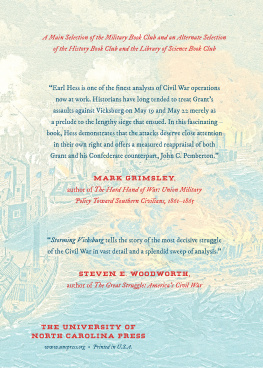


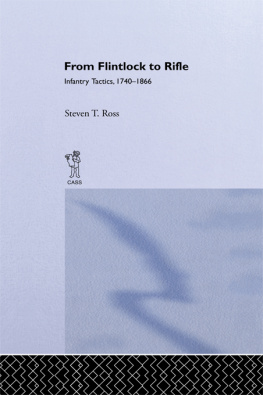
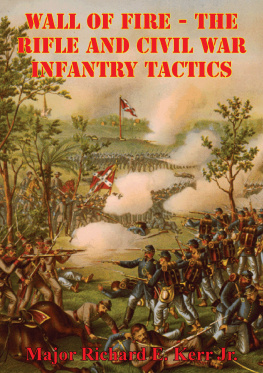
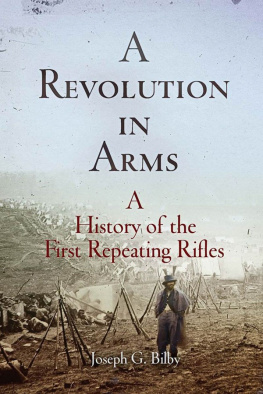
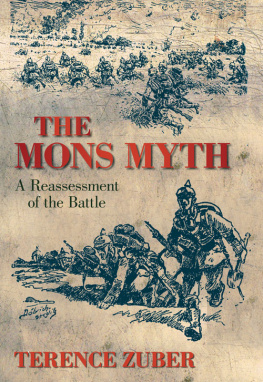
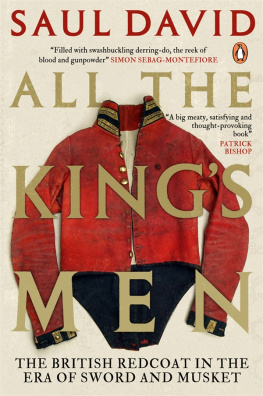
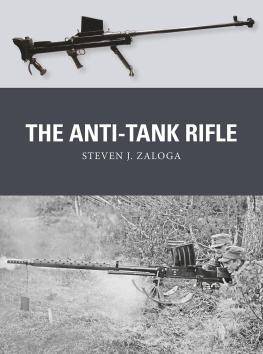
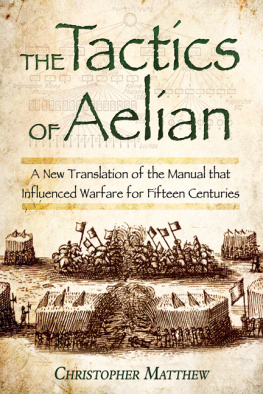
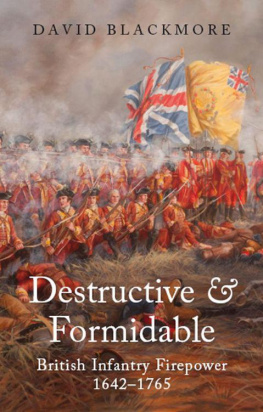
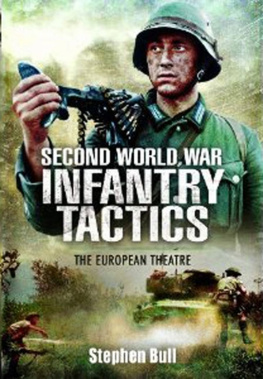

 INFANTRY
INFANTRY 

